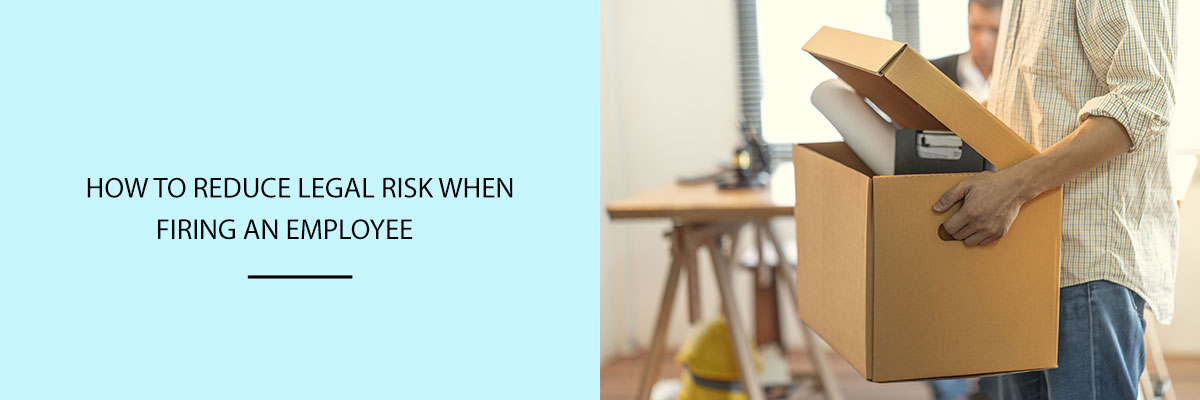Letting an employee go is never easy. Whether it’s due to poor performance, redundancy, or misconduct, termination can quickly become a legal minefield for employers if not handled properly. A single misstep—missing paperwork, unclear communication, or lack of evidence—can result in tribunal claims, reputational damage, and financial loss. So how can you protect your business while ensuring fairness in the process?
Let’s look at how to dismiss an employee legally and professionally—without putting your organisation at unnecessary risk.
Understand the Law Before You Take Action
Employment law in the UK sets out very specific rules for dismissing staff, particularly those who have been employed for more than two years. You’ll need a legally valid reason for the dismissal—such as conduct, capability, redundancy, or breach of statutory duty—and you must follow a fair process throughout.
Failure to do so can lead to claims for unfair dismissal—something that can damage both your reputation and your finances. Common pitfalls include giving insufficient notice, failing to carry out a thorough investigation, or skipping key steps in the disciplinary or grievance procedure. Even well-intentioned decisions can backfire legally if the correct process isn’t followed, making it essential to treat every dismissal with procedural fairness and legal care.
Language barriers and cultural misunderstandings can make this even more complicated for international employers. If you’re managing a diverse team or need advice in your native language, consulting romanian lawyers in uk can help ensure you’re fully compliant with UK regulations while avoiding communication pitfalls.
Follow a Clear, Documented Process
A fair dismissal process begins long before the termination meeting. First, investigate the issue thoroughly—whether it’s performance concerns or allegations of misconduct. Provide warnings where appropriate, document everything in writing, and give the employee a chance to respond at each stage.
During disciplinary hearings, ensure the employee knows their rights, including the right to be accompanied. After a decision is made, communicate it clearly and give reasons in writing. If you’re offering a settlement or compromise agreement, ensure it’s reviewed by a solicitor—otherwise it may not be legally binding. Taking shortcuts or relying on verbal agreements may seem faster in the moment, but it can backfire if challenged in court. Proper documentation is your best defence.
Prevention Is the Best Protection
The best way to avoid risk when firing an employee is to lay a solid foundation from the start. That means having up-to-date contracts, clear job descriptions, and detailed policies on disciplinary action and termination. It also means providing training to line managers on how to handle employee concerns and follow procedure.
No employer enjoys dismissing staff—but doing it the right way protects both your business and your integrity. A fair and lawful process not only reduces legal risk, but also demonstrates respect for your team and your values as an employer. When in doubt, seek advice before you act—because in employment law, what you don’t know can cost you far more than just money. It can impact trust, morale, and your company’s long-term reputation.



































